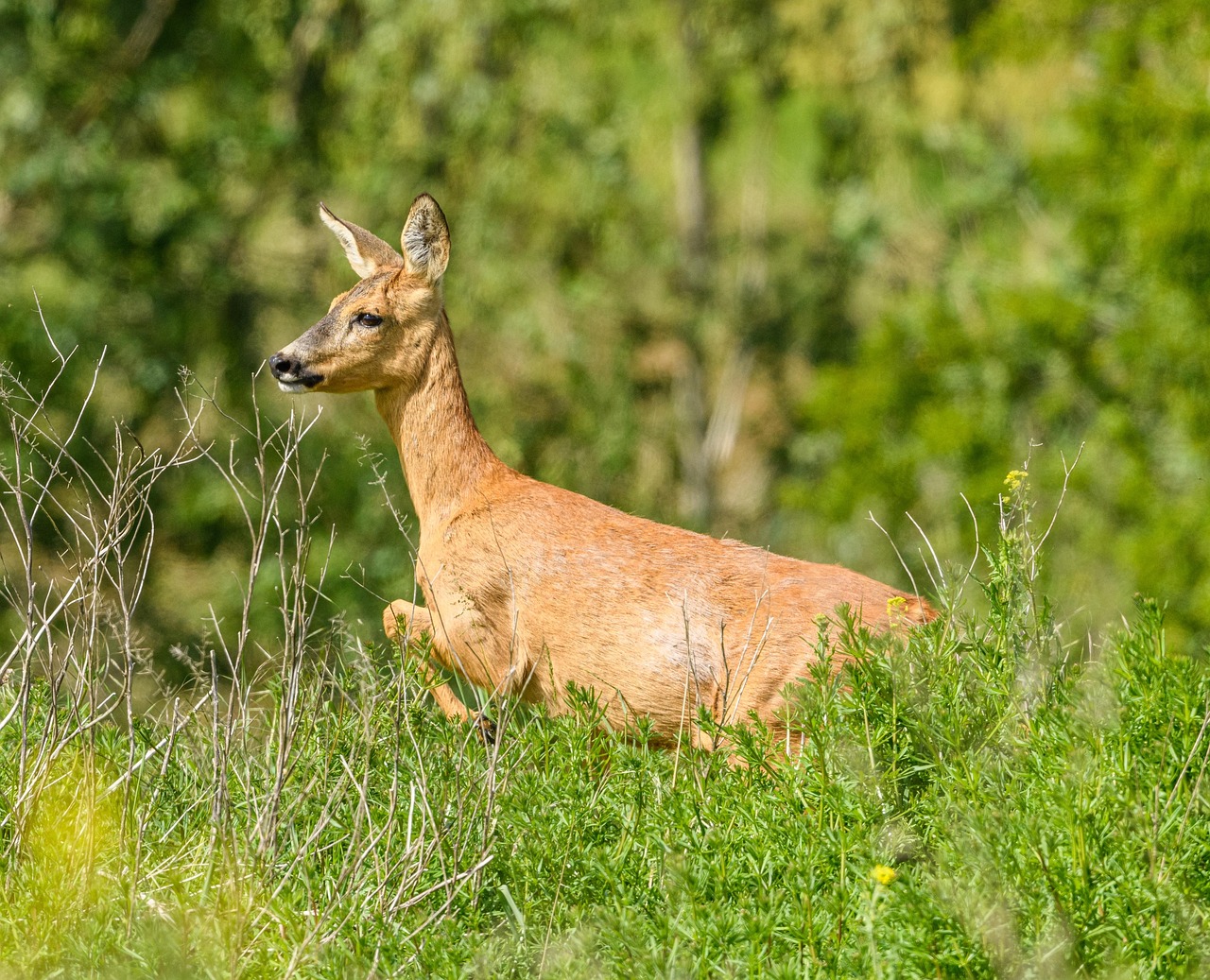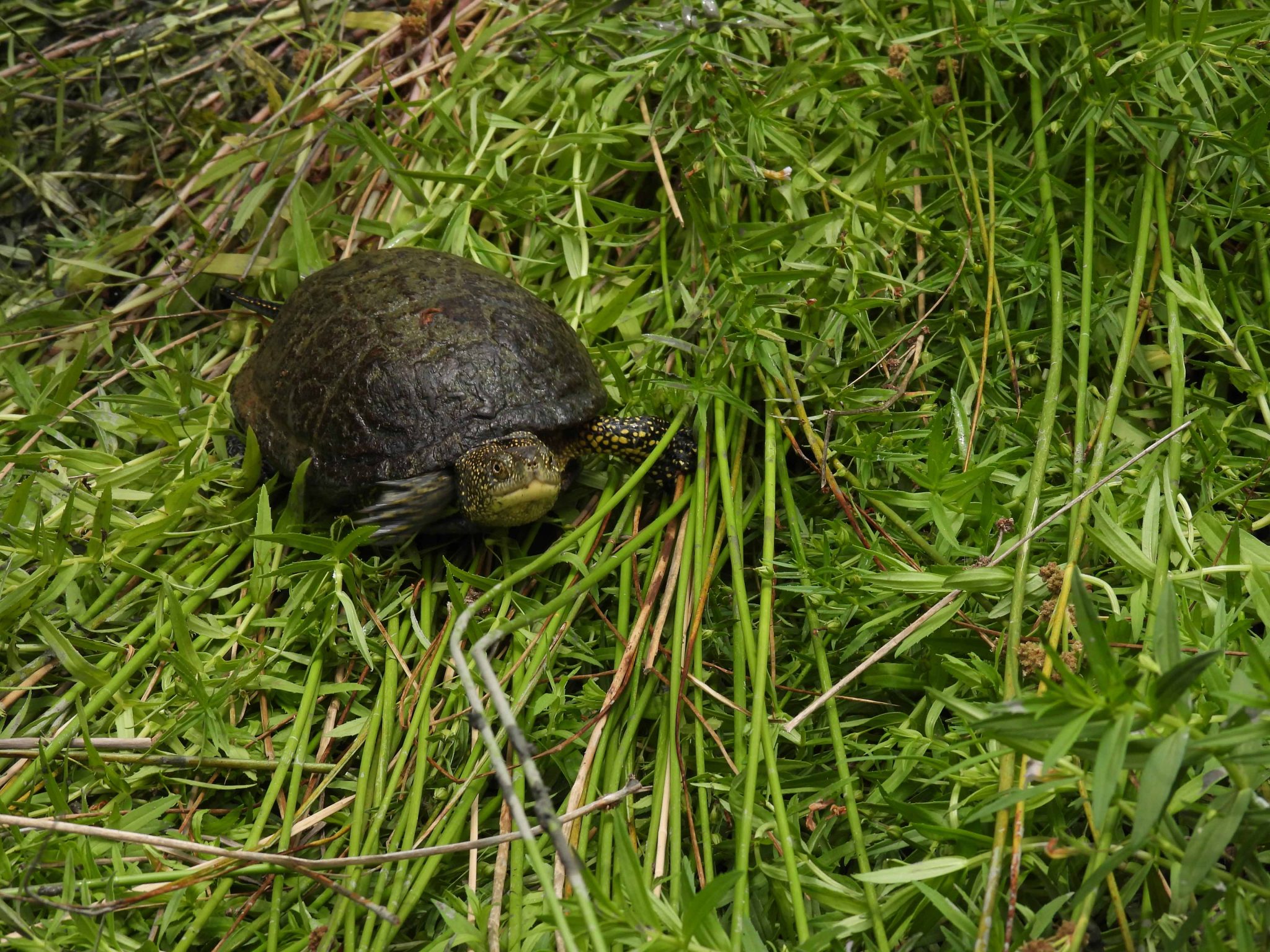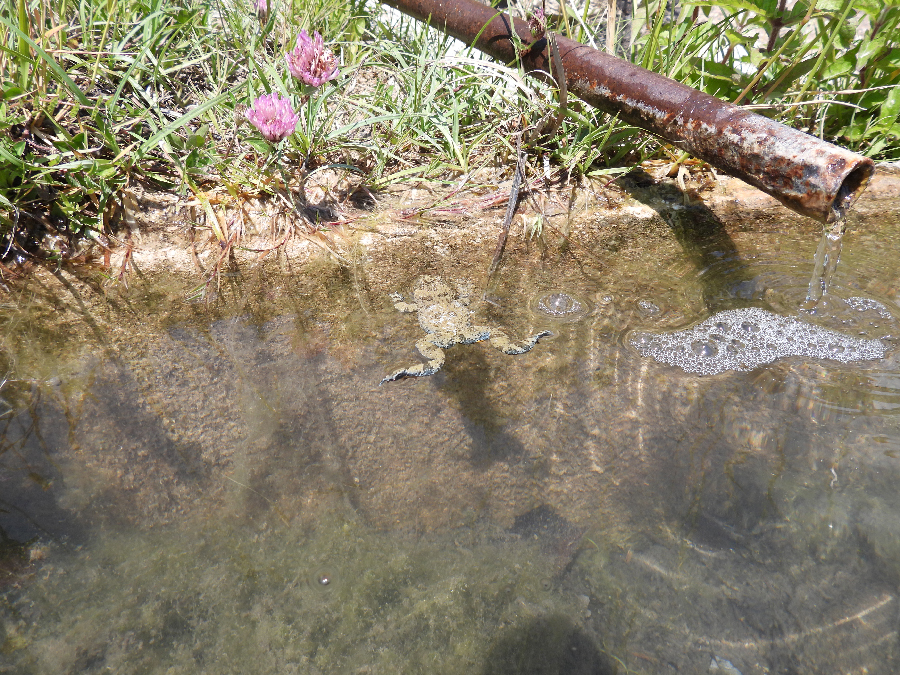Let’s take a picture of the Umbrian ecosystem between extinction risk, shortages and great returns. “Umbria is a region where the balance between man and nature is quite strong.”
Cristiano Spilinga is a nature professional: he studies it, lives it, loves it, talks about it and protects it. Graduated in Natural Sciences and PhD in Biology and Ecology, as a naturalist since 2002 he has worked as a consultant for public bodies and private entities of various kinds (it is really the case to say so), scattered around Italy, with his Studio Naturalistico Hyla. With him we took a photograph of the Umbrian ecosystem between deficiencies, presences and great returns.

Cristiano, let’s start with your YouTube channel titled: “Cristiano Spilinga, Professione Natura”. What is it about?
It is a YouTube channel, born about three years ago, to which I dedicate a limited time because it is an activity parallel to that of consultant, which I do more for pleasure than anything else. It is an environmental dissemination project: in the channel I publish videos, not only related to nature, but also to working with nature, so it is not dissemination for its own sake, but more functional and aimed at those who want to approach the world of Natural Sciences. I must say that it gives me great satisfaction to communicate the work I do.
In your main activity, what do you do?
I have a degree in Natural Sciences and a PhD in Biology and Ecology. In 2002, I opened a naturalistic consultancy business, Studio Naturalistico Hyla, of which I am a partner and administrator. Today we are a group of people, whom I coordinate, and we work with public and private clients for everything concerning the management of natural resources. We deal with wild fauna censuses; environmental monitoring in the floristic, vegetational and faunal fields; we apply biological indices to determine, for example, the quality of water based on the presence of certain species, we also carry out environmental impact studies, incidence assessments and carry out educational activities with schools. Then, in parallel, we have a farm, an association that deals with environmental tourism, and recently we founded a start-up that combines technology and nature.
How is the Umbrian ecosystem doing?
Good question. Let’s say it’s doing quite well. Umbria is a region that has environmental values ​​of a certain level, even if there are some great absentees.
What do you mean by “great absentees”?
It is certainly a region where the balance between man and nature exists and is quite strong, but fundamental elements are missing, such as, for example, mature forests of a certain importance: there is significant vegetation cover but, many of the forests we have are young and managed, they are not ancient forests like those of the Abruzzo National Park. Another absentee is the bear.

Instead, what about the fauna?
We have numerous species of interest and many of them are present only in the Apennines. In recent years, animals that in the past were on the brink of extinction have also increased significantly, such as the wolf, which currently – not only in Umbria but throughout the Peninsula – has increased with even important nuclei.
Which are the most numerous and resisting species?
Definitely the ungulates. They are very widespread and in recent years there has been a significant increase. For example, the roe deer has important numbers, just think that up until 30 years ago it was very localized.

And those that risk extinction?
There are animals that are not doing so well, some of which we are studying and trying to conserve. I am thinking of the European pond turtle, a reptile that lives in small pools scattered across a limited portion of our region; it is not very widespread and in recent years has suffered a sharp decline following the disappearance of wetlands. To save it, we have a project underway that aims to conserve the species through captive breeding and the improvement of the environments in which it lives. Then I think of the Apennine toad, which is a small amphibian now relegated to living in mountain watering holes where it reproduces: it is a species in decline throughout the Apennines and conservation actions are underway for it too, which include captive breeding for repopulation.

Is there any species that was present in Umbria and that you would like to see return?
Sometimes we see the occasional presence, in Valnerina, of the Marsican brown bear in the dispersal phase, which comes from the Abruzzo National Park. However, there is no stable nucleus. It would certainly be a presence and a return – from our point of view – very interesting, because the brown bear lived in Umbria until the end of the 19th century.

There is a lot of talk about “active monitoring” by citizens: does it make sense, is it a useful activity?
Yes. Citizen science activities certainly make sense for many fauna and flora groups, not only because the active involvement of citizens allows them to get closer to the issues of nature conservation, but it also gives the possibility of collecting information in a widespread manner that is often not so easy to obtain. Clearly we are not talking about expert people, who can reach a certain level of investigative activity, but targeted and carefully carried out surveys can be done by everyone and provide a very useful data collection.
What can we do in concrete terms to safeguard flora and fauna?
You can put into practice precautions related to the management of small green spaces around your home, so simply take care of your garden so as not to make it a sterile environment or simply pleasant to look at. Don’t limit yourself to the classic English lawn but, enrich it with spontaneous herbs, don’t cut it often and insert native species to attract pollinating insects: small precautions that can favor the conservation of many species.
Speaking of insects, bees and their importance come to mind…
Absolutely. When we talk about bees we often refer to the domestic bee, which is in fact a farmed animal but, in reality, the world of wild bees is very numerous: the interventions we talked about before, if put into practice, are useful especially for wild pollinators.
Agnese Priorelli
Latest posts by Agnese Priorelli (see all)
- Trabalza and Jin, when photography perfectly blends different worlds and styles - June 19, 2025
- Cristiano Spilinga, naturalist: «The wolf is back. Bears that have been missing in Umbria since the late 1800s have been spotted» - May 27, 2025
- The Cannara onion: poor in the land, prestigious on the table - April 29, 2025

